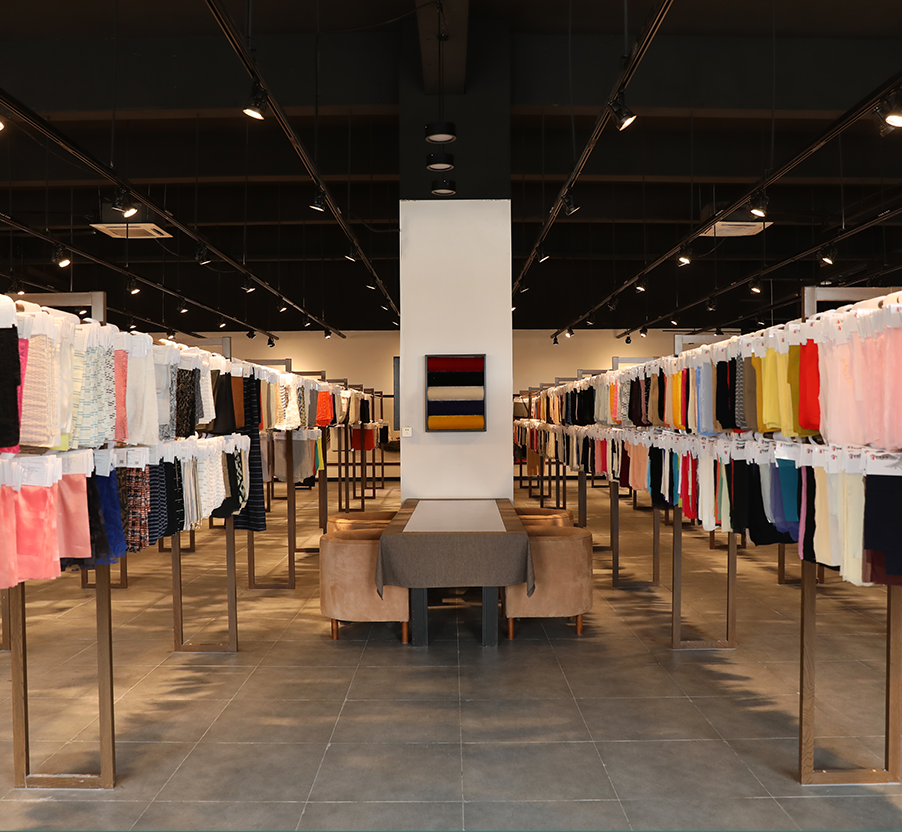100% and Blends Fabric: Understanding the Differences in Modern Textiles
The textile industry is built on a wide variety of materials, each designed to meet specific needs in fashion, upholstery, and industrial applications. Among the most common categories are 100% fabrics and blends fabric, both of which play an important role in shaping the garments and materials we use every day. Understanding the differences between them helps manufacturers, designers, and consumers make informed choices about performance, comfort, cost, and sustainability.
What is 100% Fabric?
A 100% fabric is composed entirely of a single fiber type without mixing. Common examples include 100% cotton, 100% silk, or 100% polyester. These fabrics typically highlight the natural or synthetic qualities of the fiber they are made from. For instance, 100% cotton is breathable, absorbent, and comfortable against the skin, while 100% polyester is lightweight, quick-drying, and resistant to wrinkles. The purity of the composition often provides predictable performance, which is especially valued in applications like high-end apparel, luxury textiles, and specialized technical fabrics.
What is Blends Fabric?
In contrast, blends fabric is created by combining two or more fibers, often balancing the strengths of each material while minimizing their limitations. Cotton-polyester blends are a widely recognized example: cotton provides breathability and softness, while polyester contributes wrinkle resistance and durability. Other common blends include wool-silk, linen-viscose, and spandex mixtures that add stretch to otherwise rigid fabrics. The purpose of blending is to achieve a fabric with better overall performance, catering to the diverse demands of modern consumers and industries.
Advantages of 100% Fabric
100% fabrics appeal to those who value authenticity, tradition, and the full properties of a single fiber. Mulberry silk, for example, is prized for its natural sheen and luxurious feel, qualities that are best preserved when left unblended. Similarly, 100% wool retains natural insulation and resilience that make it a preferred choice for high-quality suits and outerwear. Pure fabrics are also easier to recycle, which is increasingly important in the growing push toward sustainable fashion.
Advantages of Blends Fabric
Blends fabric offers greater versatility. By mixing fibers, manufacturers can create textiles that are softer, stronger, or more adaptable than their pure counterparts. For example, cotton-spandex blends allow jeans and activewear to stretch while maintaining their shape. Blended fabrics also tend to be more affordable, as they often reduce reliance on expensive natural fibers while still offering comfort and style. This makes them widely popular in mass-market clothing, sportswear, and home textiles.
Applications in Modern Fashion and Industry
Both 100% and blends fabric are integral to today’s textile landscape. Luxury fashion brands often turn to 100% fabric like silk, wool, or cashmere for their exclusivity and quality. Meanwhile, blends fabric dominates in categories where performance and practicality matter most, such as uniforms, sportswear, and travel-friendly apparel. Upholstery, curtains, and bedding also frequently use blends to combine strength with aesthetic appeal.
Cost and Consumer Preferences
The choice between 100% and blends fabric often comes down to cost and lifestyle. While 100% fabrics may be associated with premium pricing, they are valued for authenticity and tradition. Blended fabrics, however, cater to a wider audience by providing affordability without sacrificing too much comfort or durability. This balance makes blends especially appealing in fast fashion and everyday clothing markets.
Sustainability Considerations
Sustainability is an increasingly important factor when comparing 100% fabric and blends fabric. Pure fabrics are generally easier to recycle since they consist of a single material. Blends, while practical, present challenges in recycling because separating different fibers is complex. However, innovations in textile recycling are emerging to address these concerns, potentially allowing blended fabrics to be more environmentally viable in the future.
Conclusion
Both 100% fabrics and blends fabric hold an essential place in modern textiles. Pure fabrics embody tradition, authenticity, and the full qualities of individual fibers, while blends offer versatility, affordability, and adaptability to everyday needs. For manufacturers, designers, and consumers, the decision between the two depends on priorities such as performance, style, sustainability, and budget. As technology advances, the line between 100% and blended fabrics will continue to evolve, ensuring both categories remain central to the future of the textile industry.


 中文简体
中文简体 Français
Français Deutsch
Deutsch italiano
italiano




















